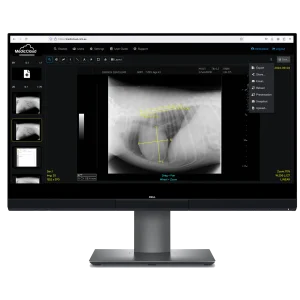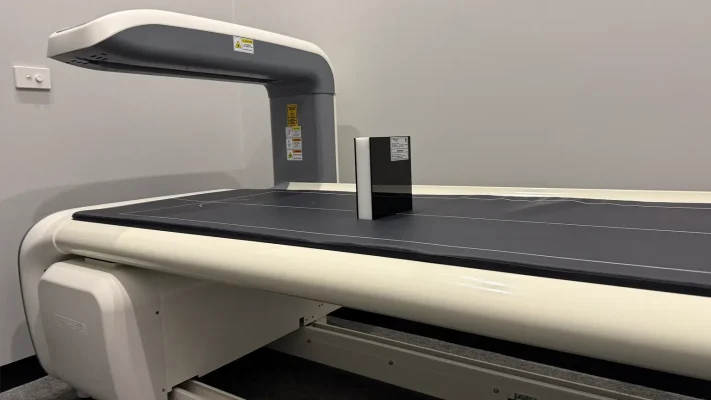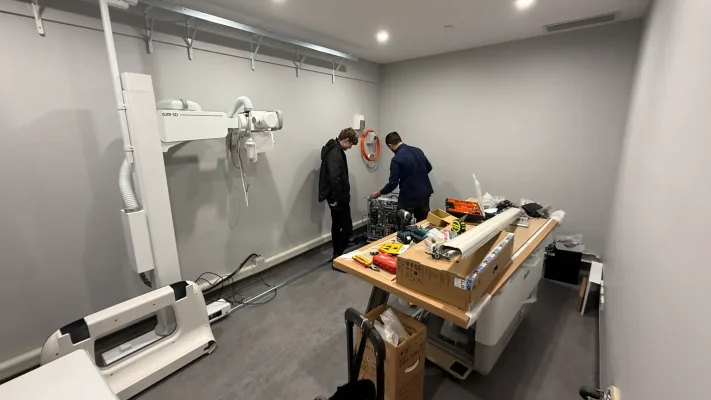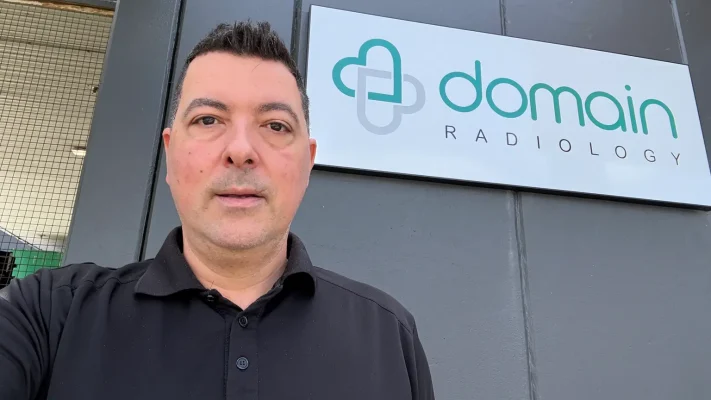Home » Dangers of the Internet of Things in your Clinic
The hidden dangers of smart TVs and devices in clinics
When we think about cyber threats or clinical IT risks, our minds usually jump to ransomware attacks, data breaches or phishing emails. However, another threat often goes overlooked in many Australian healthcare settings: consumer-grade smart devices.
Smart TVs, wireless doorbells, air conditioners, Wi‑Fi‑enabled fridges, voice assistants and even fitness trackers can connect to your clinic’s network. If you don’t manage this properly, these devices can create an open door for attackers.
🔈 Listen as podcast
Title: Dangers of the Internet of Things in your ClinicDuration: 04:04
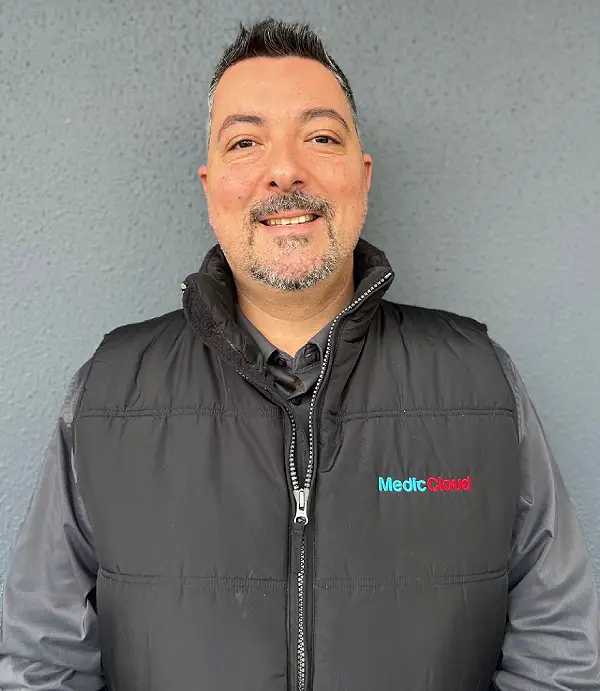
Sam, Medic Cloud Managing Director
What is an IoT device?
IoT stands for the Internet of Things. It refers to everyday devices connected to the internet that can communicate with each other or be controlled remotely. Common examples found in clinics include:
-
Smart TVs in waiting rooms
-
Sonos speakers and other internet‑connected sound systems
-
Digital signage screens
-
IP surveillance cameras
-
Voice assistants (such as Alexa or Google Home)
-
Smart door locks and intercoms
-
Wireless printers and scanners
Why are IoT devices a threat?
Most IoT devices:
-
Are not built with enterprise‑level security in mind
-
Use default usernames and passwords, which are rarely changed
-
Do not have regular firmware updates
-
Are difficult to monitor or audit effectively
Although these devices may seem harmless, if they share the same network as your clinical systems, they can become a weak link for hackers. In one case, a healthcare provider discovered that their smart TV was used as an entry point, allowing hackers to map the entire internal network.
Common mistakes clinics make
| Mistake | Why It’s Risky |
|---|---|
| Connecting smart TVs to clinical Wi‑Fi | Allows unauthorised access to medical‑grade networks |
| Using voice assistants in consultation rooms | Increases the risk of passive recording or data transmission |
| Failing to isolate devices on a separate network | Enables lateral movement if one device is breached |
| Not updating firmware | Leaves known vulnerabilities unpatched |
Software solutions we offer at Medic Cloud
Our range of software solutions.
How to protect your clinic
A secure clinic starts with the right infrastructure. This includes:
-
Business‑grade Wireless Access Points (such as Ruckus), which provide enhanced security, device management and signal isolation.
-
Layer 3 network switches that enable advanced traffic segmentation and prevent unauthorised devices from communicating across networks—or connecting altogether.
Consumer‑grade routers and switches generally do not offer the control or visibility required in a clinical setting. In most cases, your internet service provider (ISP) will supply a basic modem‑router designed for one purpose: to get you online quickly and cheaply.
While that may be enough for a household, it is far from ideal for a medical environment that needs robust data security, access controls, audit logs and network segmentation. These low‑cost units often lack the sophistication to block rogue devices, enforce firewall rules or support layered access.
In contrast, enterprise‑level equipment, such as a Sophos firewall with built‑in routing, delivers:
-
Deep packet inspection
-
Intrusion prevention
-
Application‑level controls
-
VLAN and device segregation
This approach strengthens your clinic’s security posture and gives you the ability to monitor, restrict and respond to threats in real time. By using enterprise‑grade networking hardware, you can ensure only authorised, authenticated devices can access clinical systems. Read more about medical grade networks.
Best practice tips for Internet of Things devices
-
Segregate IoT devices onto a guest or isolated VLAN network
-
Change all default passwords immediately
-
Regularly update firmware and review vulnerability alerts
-
Avoid connecting unnecessary smart devices to clinical environments
-
Log and monitor traffic from IoT devices using a firewall
What Is Medic Cloud’s approach?
We take a proactive approach by:
-
Running network audits to detect unauthorised or rogue IoT connections
-
Segregating smart devices from critical clinical infrastructure
-
Advising on safe and approved smart technologies for medical environments
-
Implementing firewall rules that block unnecessary communication
Moving forward
Cybersecurity threats aren’t always about hackers working from across the globe. Sometimes, the biggest risk is right in your own waiting room: a discounted smart TV connected to your clinical network.
With the right precautions and a proactive approach, you can secure your environment and protect both your patients and practice from IoT‑based threats. To learn more, speak to us today.
Read more blogs

Subscribe to Medic Hub
Get the latest insights direct to your inbox.


